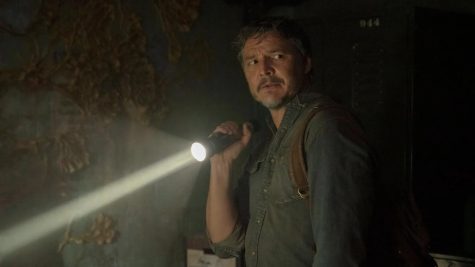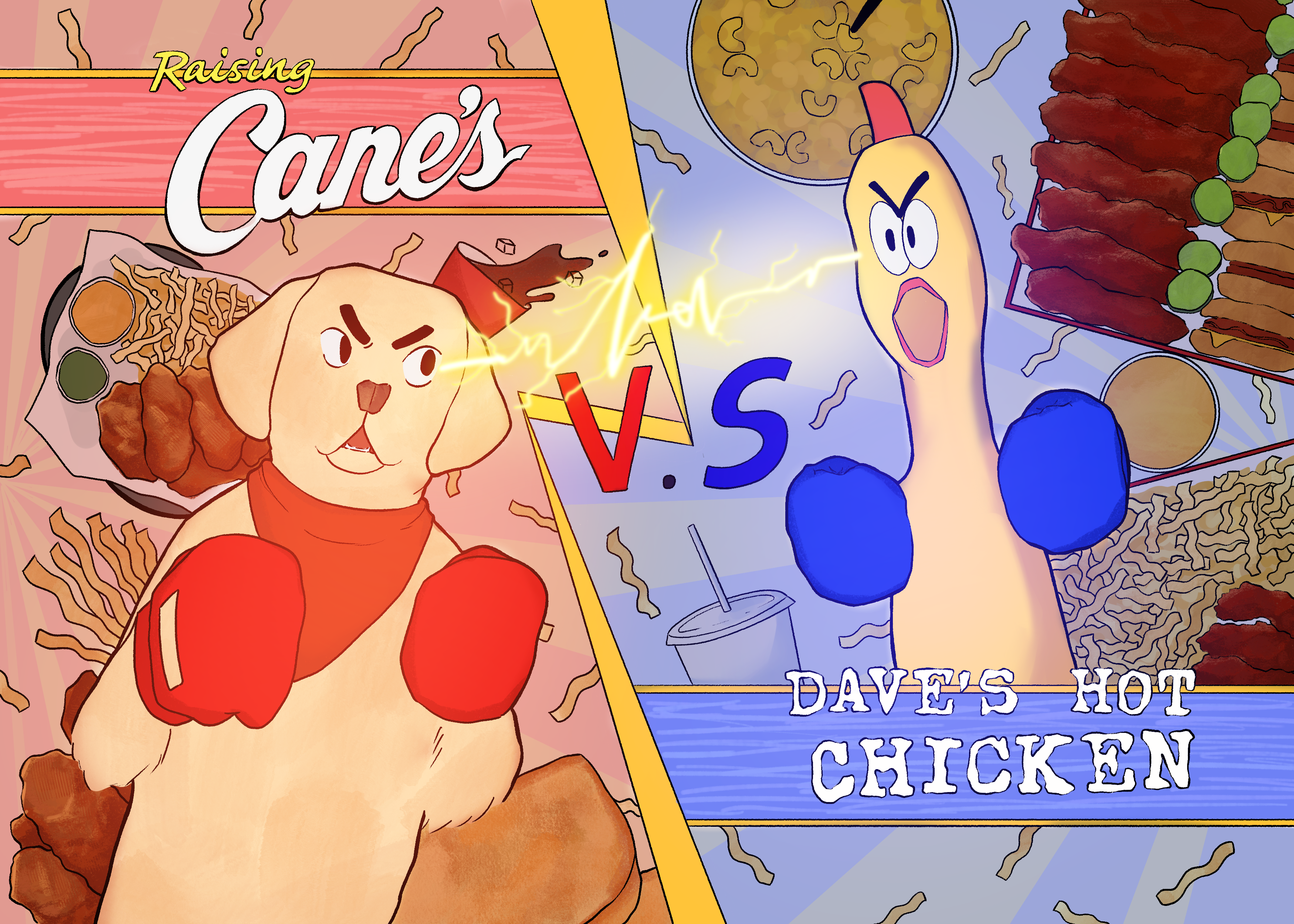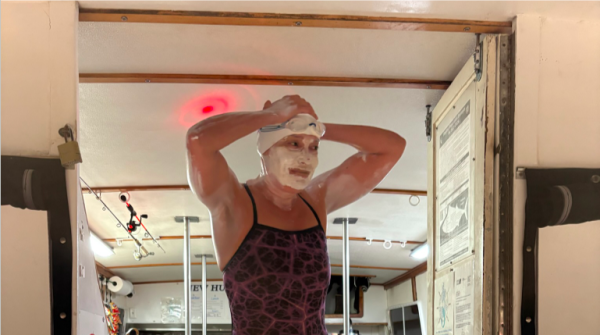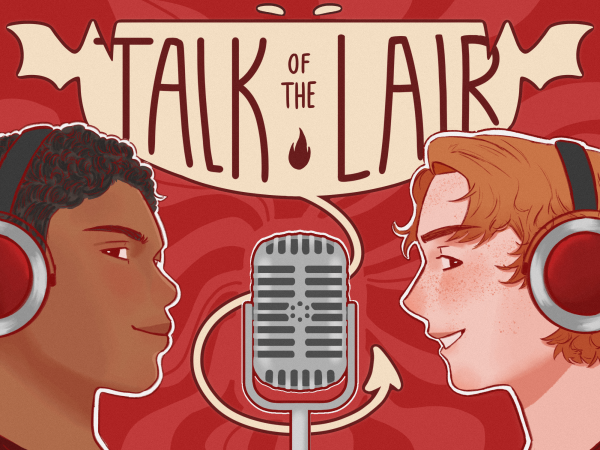HBO’s “The Last of Us” is every dystopia devotee’s dream
“The Last of Us,” based on the critically acclaimed video game, stars Pedro Pascal and Bella Ramsey. This character driven drama follows the pair as they trek across post- apocalyptic America in search of hope.
February 26, 2023
Family, survival and zombie mushrooms: Craig Mazin’s and Neil Druckman’s HBO Original “The Last of Us” exudes every element of a perfect dystopia. Airing weekly since Jan. 15, 2023, the series has made a name for itself as one of television’s most expertly crafted projects within its first six episodes.

Set in an apocalyptic 2023, “The Last of Us” follows gruff and hardened Joel (Pedro Pascal) and his spunky teenage sidekick Ellie (Bella Ramsey) as they navigate survival through a pandemic-ravaged world. Joel, a perpetually grieving father still haunted by the loss of his daughter twenty years earlier, reluctantly takes Ellie under his wing in search of supplies. But the two form an unexpected friendship, and Joel learns he has more to live for than just himself.
It seems that HBO has lately been intent on crafting its original series into absolute masterpieces, and “The Last of Us” is no exception. Adapted from a 2013 PlayStation video game of the same title, the show remains faithful to its source material with word-for-word and shot-for-shot parallels. The characters’ costumes and the design of the Clickers—those whose brains are infected by a mutated strain of fungus—are scarily accurate and visually stunning.
Yet the show elevates itself further, deviating from the game by delving deep into the lives of each character. The entire first half of the premiere showcases the life of Joel’s daughter Sarah (Nico Parker), in which her sudden death strikes tear-jerking chords among audiences. Episode three tells the phenomenal love story of Bill (Nick Offerman) and Frank (Murray Bartlett), which had the internet sobbing by its end. The segment is heartfelt and beautifully bittersweet, utilizing Max Richter’s “On the Nature of Daylight” in its soundtrack to enhance the emotional blow.

What prevents the series from becoming another stereotypical apocalypse story is the nature of the “zombie” infection. While most forms of zombie media feature viruses as the cause of humanity’s end, “The Last of Us” takes a unique turn by using the Cordyceps fungus as its catalyst. In real life, the fungus is used in traditional Chinese medicine and popular “superfood” brands like RYZE and MUD\WTR. It can also spread a parasitic contagion through the exoskeletons of certain insects, eventually killing a given host by exploding through its head. This was the inspiration behind the infection in both the game and the show.
By backing the horrific nature of the infection with ominously familiar science, the series furthers the intrigue of audience members already hooked by phenomenal acting and stunning cinematography. Each detail—from the graphics and coloring to the design of the subtitles—retains the story’s video game-esque feel, creating a perfect experience for original players of the game and new viewers alike.
“The Last of Us” airs on Sundays at 6 p.m. PST on HBO Max. It’s a worthwhile watch that will (figuratively) consume your mind like a parasitic zombie fungus—as one of the best recent shows on television, this series will undoubtedly alter the scope of dystopian storytelling in the years to come.
















